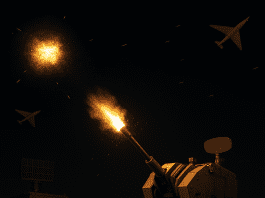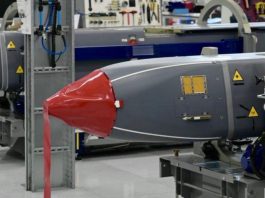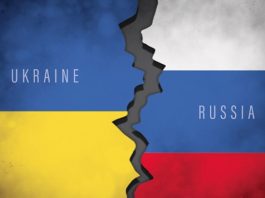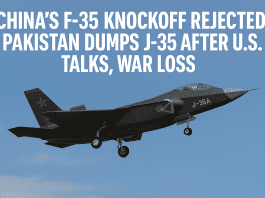Japan’s Ministry of Defense has raised serious concerns in its latest annual defense report, “Defense of Japan 2025.” The report, published on July 15, 2025, highlights a troubling trend: North Korea is now focusing more on improving the quality of its nuclear weapons and missiles.
Japan’s Defense Report Flags New Nuclear and Missile Threats
According to the report, North Korea is developing newer solid-fuel missiles and advanced hypersonic weapons. These weapons are designed to be faster, harder to track, and more dangerous than earlier versions. The report calls North Korea’s growing capabilities a “grave and imminent threat” to Japan’s safety and peace in the region.
The defense report covers events between April 2024 and March 2025. Though it is not a strategy paper, it offers a detailed summary of Japan’s view on security in the region. It also reviews the defense actions taken by Japan during the fiscal year.
The report notes that North Korea is building a stronger and more complex arsenal. This includes improving the technology behind its nuclear weapons and expanding its missile programs. It also warns that North Korea’s activities are not just limited to weapons testing but involve advanced surveillance and intelligence tools to make their systems more powerful.
New Hypersonic and Solid-Fuel Missiles Raise Alarms
One of the key concerns highlighted in the report is North Korea’s testing of a solid-fuel hypersonic missile. This missile, believed to be the Hwasong-16B or an improved version, was launched on January 6, 2025. It featured a flattened warhead and is part of North Korea’s ongoing efforts to make missiles that are faster and more difficult to intercept.
Solid-fuel missiles are more dangerous because they can be launched more quickly than liquid-fuel ones. This makes it harder for other countries to detect and react to launches in time. The Hwasong-16B was earlier tested on April 2, 2024, and is now believed to have been further improved.
Russia Delivers Pantsir-S1 to North Korea Evading Sanctions—UN Rules Shattered as New Axis Emerges
The report also mentions another missile launch that happened on October 31, 2024. This was the first time Japan officially mentioned a missile called the Hwasong-19. It was launched on a high-angled path, known as a lofted trajectory. The missile stayed in the air for about 86 minutes and reached an altitude of over 7,000 kilometers. This is the longest time and the highest point any North Korean missile has reached so far.
The Hwasong-19 is thought to be a new type of three-stage solid-fuel intercontinental ballistic missile (ICBM). The report states that this missile could travel over 15,000 kilometers, depending on the weight of its warhead. That means it could potentially reach any part of the United States.
According to the report, North Korea seems to be experimenting with different warhead shapes—some pointed, others flat. This could mean they are trying to make hypersonic missiles that follow different flight paths and travel different distances. Doing this would make it more difficult for other countries’ defense systems to stop the missiles in time.
More Nuclear Activity and Growing Ties with Russia
In addition to missile development, North Korea also appears to be working on increasing its supply of nuclear materials. The report notes two inspections of a nuclear material production base in September 2024 and January 2025. During these visits, uranium enrichment facilities were revealed.
The report says North Korea is likely to continue producing nuclear weapons using both highly enriched uranium and plutonium. This shows that Pyongyang is focused on building a wider and more advanced nuclear arsenal.
The white paper also highlights a new area of concern—North Korea’s growing relationship with Russia. In June 2024, the two countries signed a strategic partnership treaty. This treaty promises mutual military support in case of emergencies.
South Korea on High Alert After North Korea Launches Missiles and Sends 15,000 Troops to Russia
Since 2023, North Korea has been supplying Russia with weapons, including ballistic missiles. The report further mentions that North Korean soldiers were seen in Russia as early as October 2024. These soldiers have since been involved in combat in the ongoing conflict with Ukraine.
This marks the first time Japan officially acknowledged that North Korean forces have participated in overseas combat. Notably, the 2024 edition of the defense report had not included this information.
Japan’s defense report paints a clear picture of North Korea’s advancing military capabilities. From newer missiles to growing international ties, the changes are significant and could affect peace in the region. The information in the report urges countries in the region and beyond to take note of these rapid developments.







